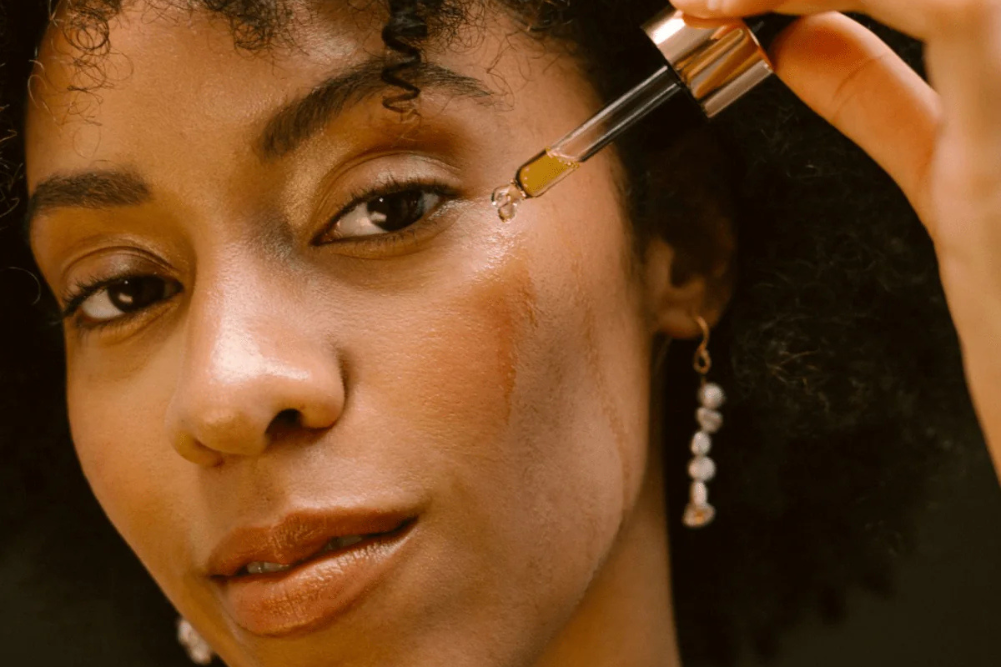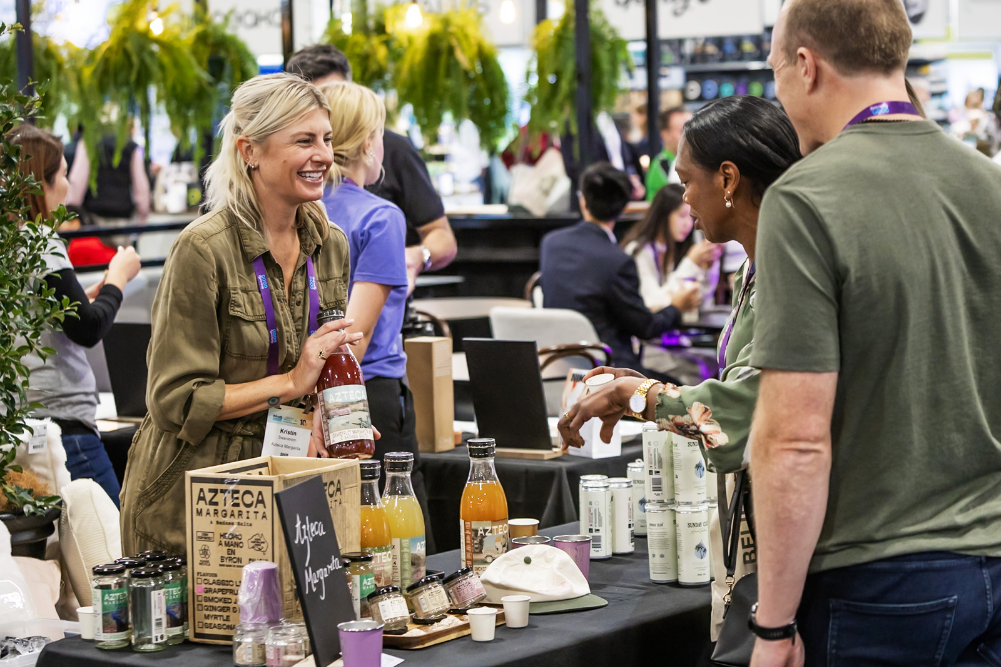Balance your skin’s “ecosystem”
We are now well aware of how synthetic chemicals and pollutants can adversely affect the greater environment, so imagine how these unnatural substances can wreak havoc on the delicate ecosystem of the skin. Harsh synthetic chemicals in skincare often cause imbalances, disrupting the skin’s lipid balance, moisture levels and flora, which can ultimately weaken the skin’s protective acid mantle and contribute to skin problems ranging from eczema to acne and premature ageing. So how can you keep the skin’s ecosystem happy and thriving?
Using only certified natural and organic ingredients in your skincare routine is one way of keeping your skin’s flora in balance and sustained. We have a wonderful synergy with plant life, probably because we are made up of similar elements. When a plant is injured, healing plant chemicals travel to the injured area; when we use these plants in skincare, they offer us similar regenerative benefits.
When our skin’s lipid (fats and oils) balance is not right, we can use plant oils to replenish oil supplies. Many of the acids found in plant oils are also found in skin. Linoleic acid, a wonderful moisturising acid, is found in the skin but diminishes as we age. Levels of this acid can be replenished by using evening primrose oil. Palmatoleic acid, found in human sebum, is also found in macadamia nut oil. As we age and our skin’s environment naturally starts to dry up, we can rely on plants to help restore balance to the skin.
While natural is best, you must consider the individual nature of the ecosystem of your skin. If your skin is naturally oily, it doesn’t make good sense to swamp the ecosystem with more oil (unless cleansing, when oil is rinsed off, which works quite well).
What about the millions of creatures that live on our skin? Sounds unappealing, but good bacteria work very hard at helping to maintain balance in our bodies. It’s important to maintain a predominance of good bacteria. When bad bacteria predominate, we become prone to skin infections and problems. By using gentle natural ingredients and those suited to your skin type, you can help keep your skin’s flora healthy.
Probiotics found in live yoghurt and other cultured products are wonderful for keeping your skin’s natural flora in balance. For this reason, yoghurt makes a brilliant fresh food mask and can be used as a daily skin cleanser or mask. It has the benefit of containing lactic acid, renowned for its skin-refining properties.
biotics can also be employed in your skincare routine to keep the flora of your skin healthy. They create an environment for healthy bacteria to thrive. Foods rich in prebiotics or fructooligosaccharides (which you can buy as a supplement and both consume and incorporate into your masks) include bananas, chicory, Jerusalem artichoke, oats, berries, soybeans, tea, garlic, whole rye, herbs, fresh whole wheat, molasses, agave, peas, peanuts and beans.
Why not make a facemask incorporating nutritious foods that also boast prebiotic or probiotic properties? A live yoghurt, berries, banana and oats mask, for example (see below), used weekly, will help keep all skin types in balance. Make a big batch and freeze the rest in ice-cube containers.
By preserving the micro systems of the skin you are also looking after the greater environment. A great example of this is chemical sunscreens: not only may they be disruptive to the balance of the flora of the skin and our overall health, but they also impact on other ecosystems, such as our coral reefs. According to a study commissioned by the European Commission, chemical sunscreens are endangering the coral reef because of the bleach pollution they create, in turn affecting the coral reef food chain. According to the World Health Organization (WHO), an estimated 4000–6000 tons of chemical sunscreen are released annually into the reef areas, with 25 per cent of the sunscreen ingredients on skin released into the water over the course of a 20-minute submersion. Chemical sunscreens are made of about 20 compounds acting as UV filters and preservatives. Seven were tested for the study, including parabens, cinnamates, benzophenones, oxybenzone and camphor derivatives.
Here is a lovely skincare mask that will keep both the flora of your skin and our oceans healthy. Enjoy!
Flora mask
INGREDIENTS
¼ cup berries
¼ banana
¼ cup yoghurt
¼ cup fine oatmeal
1 tsp agave syrup
METHOD
Blend ingredients together well. Pour into ice-cube trays. Pop out a cube and thaw when your skin needs some TLC.
* Always patch test homemade recipes before applying to the face







